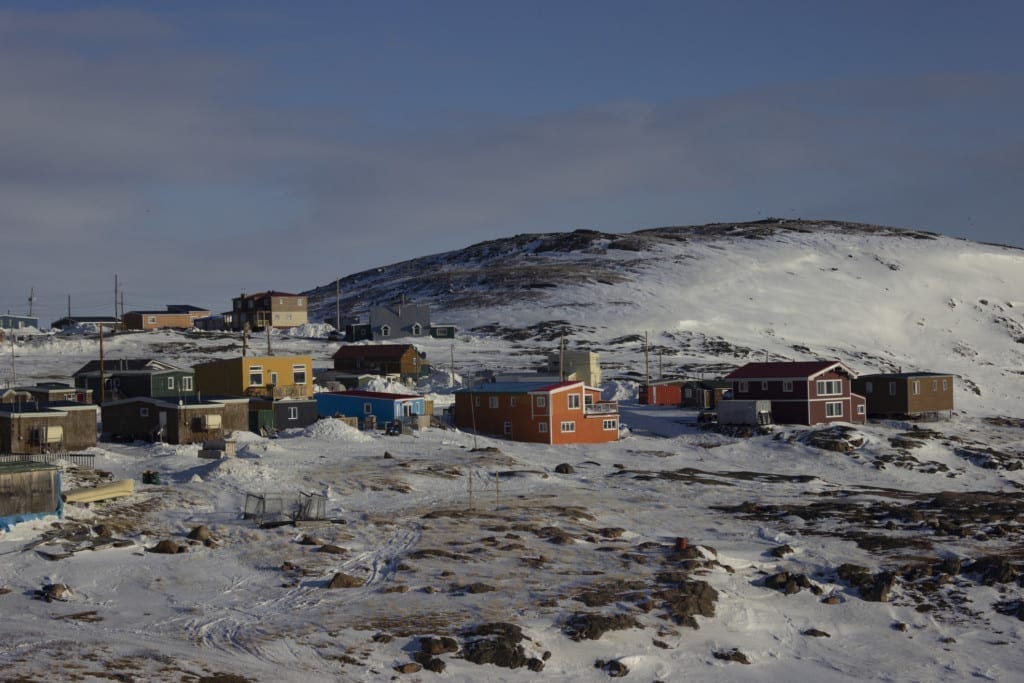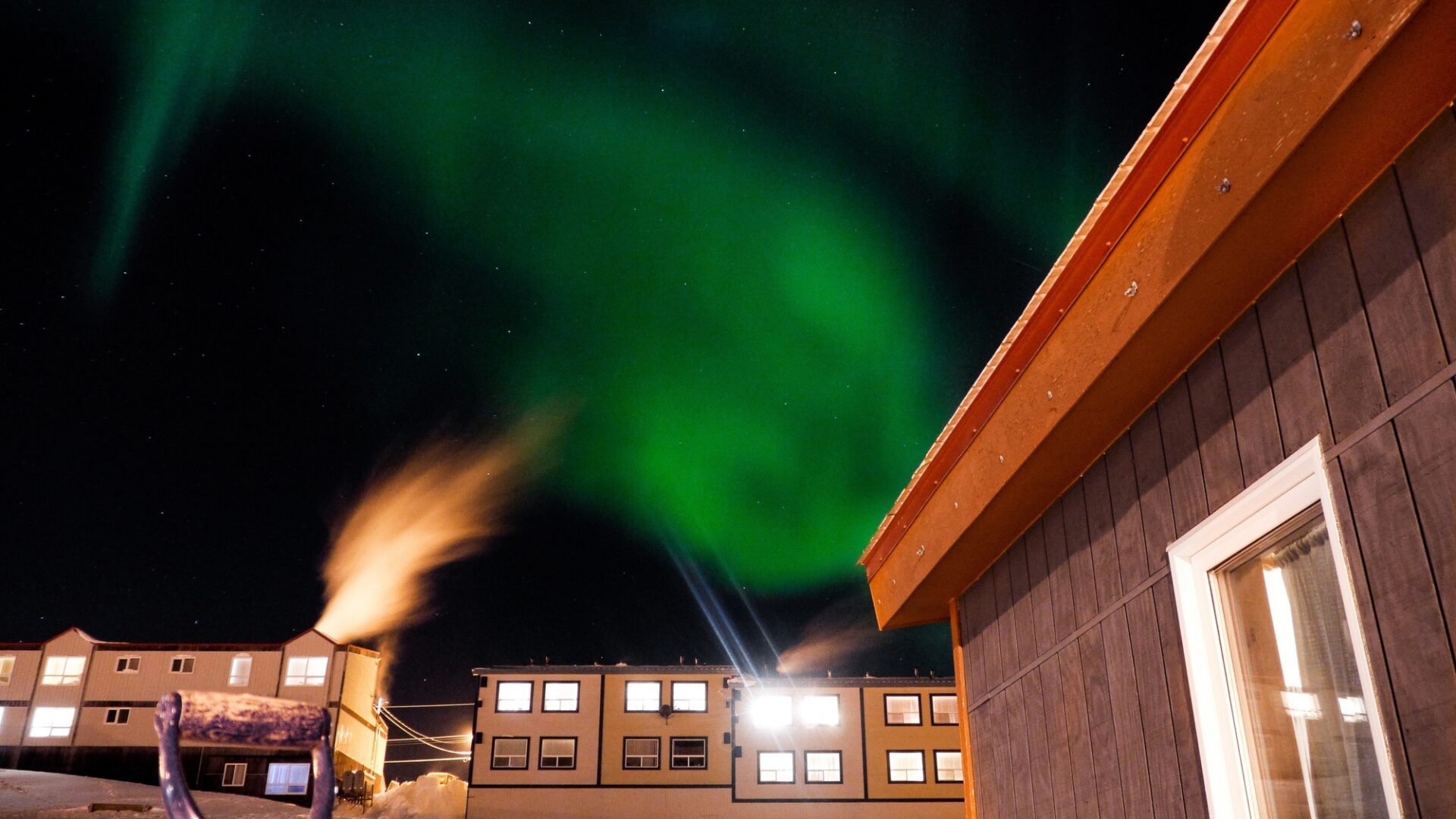Building in the Arctic is not easy, to say the least. Permafrost, frigid temperatures, and isolation all make the vast Arctic regions of Canada a challenge for architectural teams. However, due to climate change and increased investment, the Arctic is now where some of the most exciting architecture is currently being built in Canada.
The rise of Arctic architecture is about more than creating beautiful buildings; it is also helping to address important issues. Plus, it’s an example of how the skills you’ll learn in BIM college can help create a brighter future in some impressive ways. Let’s take a look at why Arctic architecture is booming.
A Changing Climate Has Opened Up the Arctic to New Construction
Climate change is a global issue, but it is an especially important topic in the Arctic where it is already having a dramatic impact on the way people live. Melting sea ice, for example, is opening up new trade routes and attracting new investment. However, it is also melting the permafrost upon which many towns and cities are built. As a result, buildings are becoming uninhabitable at an alarming rate, which is creating a need to build new structures that are better able to cope with the rapidly changing land beneath them.
For example, the new Iqaluit Aquatic Centre is built on a pile foundation to prevent the building from warming the permafrost underneath it. And when Iqaluit was looking to build a new district of houses and government buildings, it decided to abandon its first choice, which turned out to be an area of permafrost, and chose instead an area of much more stable bedrock. In your BIM training you’ll learn about land use development and regulations, which in a region like the Arctic is an especially important issue.

Collaboration Is Important in Arctic Architectural Projects and When You Learn BIM
Concerns about climate change have also led to an increase in scientific research in the Arctic, which has fueled the need for new state-of-the-art research centres. For example, the Canadian High Arctic Research Station (CHARS) in Cambridge Bay, Nunavut was recently completed and houses biology and geology laboratories along with social science facilities.
However, in a region like the Arctic where even the biggest cities may only have a few thousand people, buildings often have to address many different functions. CHARS, for example, is more than a laboratory. It also houses facilities for the local community, such as meeting rooms and event spaces, and was designed with advice from not just scientists, but local artists, community leaders, hunters, and elders. CHARS shows how collaboration in architecture can help people connect, promote local culture, and create a sense of belonging. In BIM college, you’ll become accustomed to this increasingly collaborative aspect of architectural projects by studying the collaborative uses of BIM.
BIM Training Can Prepare You for Some of the Unique Challenges of Arctic Design
Of course, building in the Arctic creates huge challenges that southern architectural teams rarely have to contend with. Materials are expensive to import and the extreme environment is a key influence on design. For example, because heat is lost through windows, architectural teams working on projects for the Arctic have to be extremely careful about window placement.
During the design of the new Iqaluit Airport, for instance, daylight simulation software that works with BIM was used to determine where windows should go in order to optimize natural light and minimize heat loss. The airport is just one example of how when you learn BIM you’ll develop skills that can be applied to a number of architectural projects in often transformational ways.
Do you want to learn BIM?
Your career awaits.



